Google Pixel 6 camera upgrades: Here's everything that's new
Google wants the Pixel 6 to be the king of camera phones
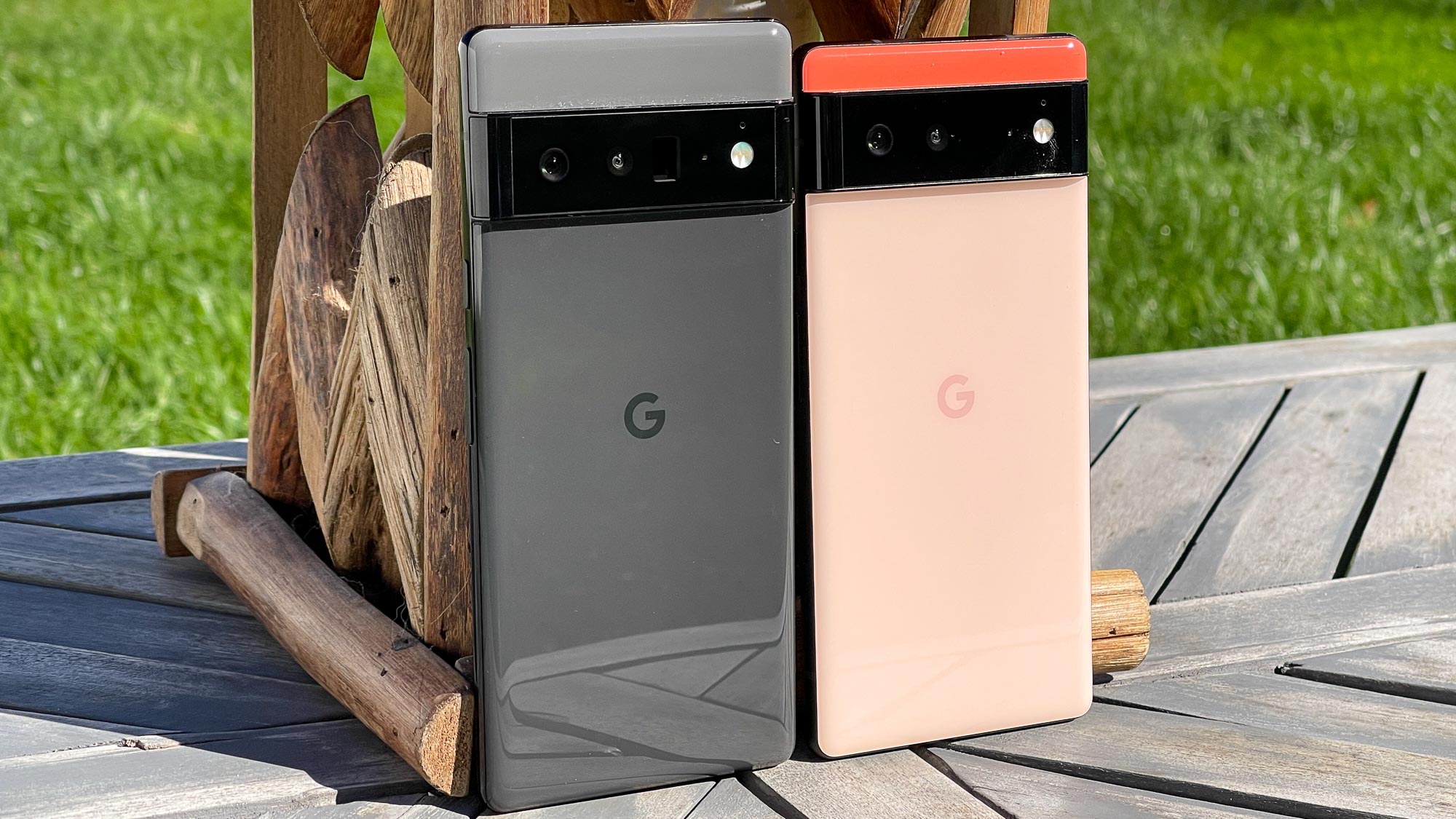
The Pixel 6 is here and it's set to make a splash. With a wholly new design, Google's own Tensor chip, and upgraded camera hardware, the Pixel 6 and Pixel 6 Pro aim to be the best camera phones you can buy.
That's a big bar to clear, since the iPhone 13 and iPhone 13 Pro currently offer the best mobile photography experiences. But the Pixel phones have regularly gone head to head with Apple's finest. And until recently, the latest Pixel was the best Android camera phone, but others like Samsung have caught up.
- See our hands-on Google Pixel 6 Pro review
- Google Pixel 6 review: Hands-on impressions
While we're testing the Pixel 6 and Pixel 6 Pro cameras, Google has told us what's new this year. Here's what you need to know.
Google Pixel 6 cameras: New hardware
Previously, Google has made do with 12MP sensors for the Pixels' main cameras. Even something as recent as the Pixel 5a keeps with this. But for the Pixel 6, Google went with a 50MP sensor behind a wide-angle lens. This lets in 150% more light, meaning low-light photos will look even better.

We have yet to see the Pixel 6 and Pixel 6 Pro's cameras in action, but Google's sample images are incredibly impressive. The Pixel phones have typically been able to pull off some amazing pictures, but the new phones look to take that up a notch.
Both of the new Pixels feature a 12MP ultrawide camera with a 114-degree field of view. The Pixel 6 sports an 8MP front-facing camera while the Pixel 6 Pro has a beefier 11MP camera with a 94-degree field of view (versus the Pixel 6's 84-degree one).
With the Pixel 6 Pro, there's a 48MP telephoto lens with 4x optical zoom. That beats the iPhone 13 Pro's 3x optical zoom, especially with Google's total 20x Super Res Zoom (digital). While it's not as zany as the Galaxy S21 Ultra's 100x digital zoom, Google's post-processing algorithms handle zoom photos very well. The Pixel 6 is limited to 7x digital zoom.
Get instant access to breaking news, the hottest reviews, great deals and helpful tips.
Google Pixel 6 cameras: Magic Eraser, Face Unblur and more
More than just the camera upgrades are the Tensor-specific features that the Pixel 6 and Pixel 6 Pro can handle. The highlight of these is the impressive Magic Eraser, which can intelligently remove background elements from your photos. Take out people, objects, and certain parts of architecture to create the perfect photo that focuses on your subject.
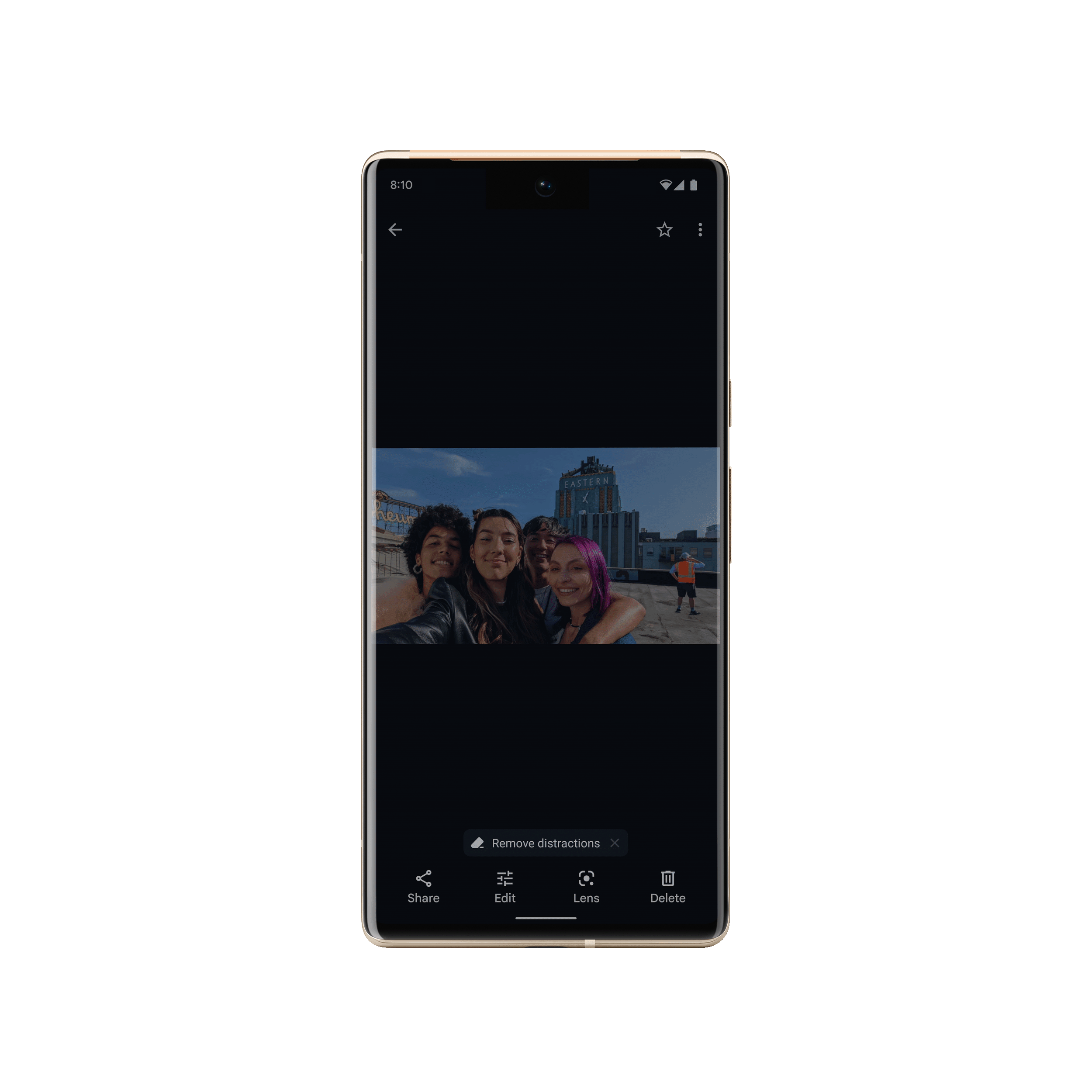
Face Unblur helps with photos where your subject might be a bit blurry (like wiggly children). The Pixel 6 uses the main camera to gather the right amount of light while the ultrawide captures the right amount of exposure to make a clear, well-lit photo even if the subject was in motion. This could be a great boon for parents, though it doesn't work on pets.
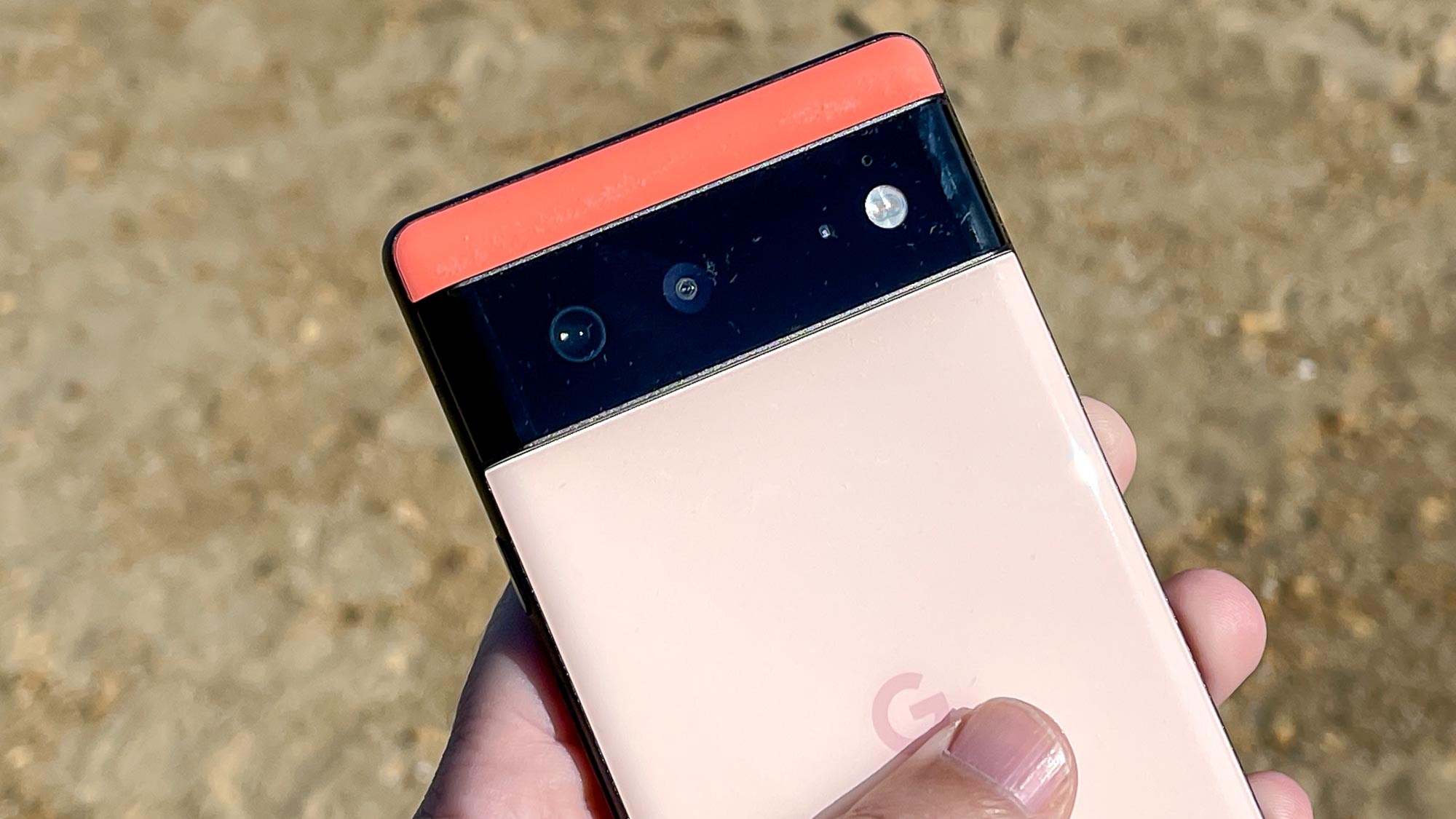
Motion Mode adds some artistic blur to moving objects. Action Pan offers a creative way to make the whole image to be appear in motion, but with a strong focus on the moving subject. Think the bokeh effect on a portrait, but with the effect of movement in the background. Motion Mode also features Long Exposure, which creates timelapse-style photos.
Google focused on making sure photos of people of color come through strong and realistic on the Pixel 6. With Real Tone, the phone intelligently calculates its white balance and stray light algorithms to make photos of all skin tones pop. This focus on inclusivity is certainly admirable and the results Google showed in its keynote appear impressive.
Pixel 6 cameras: Video improvements
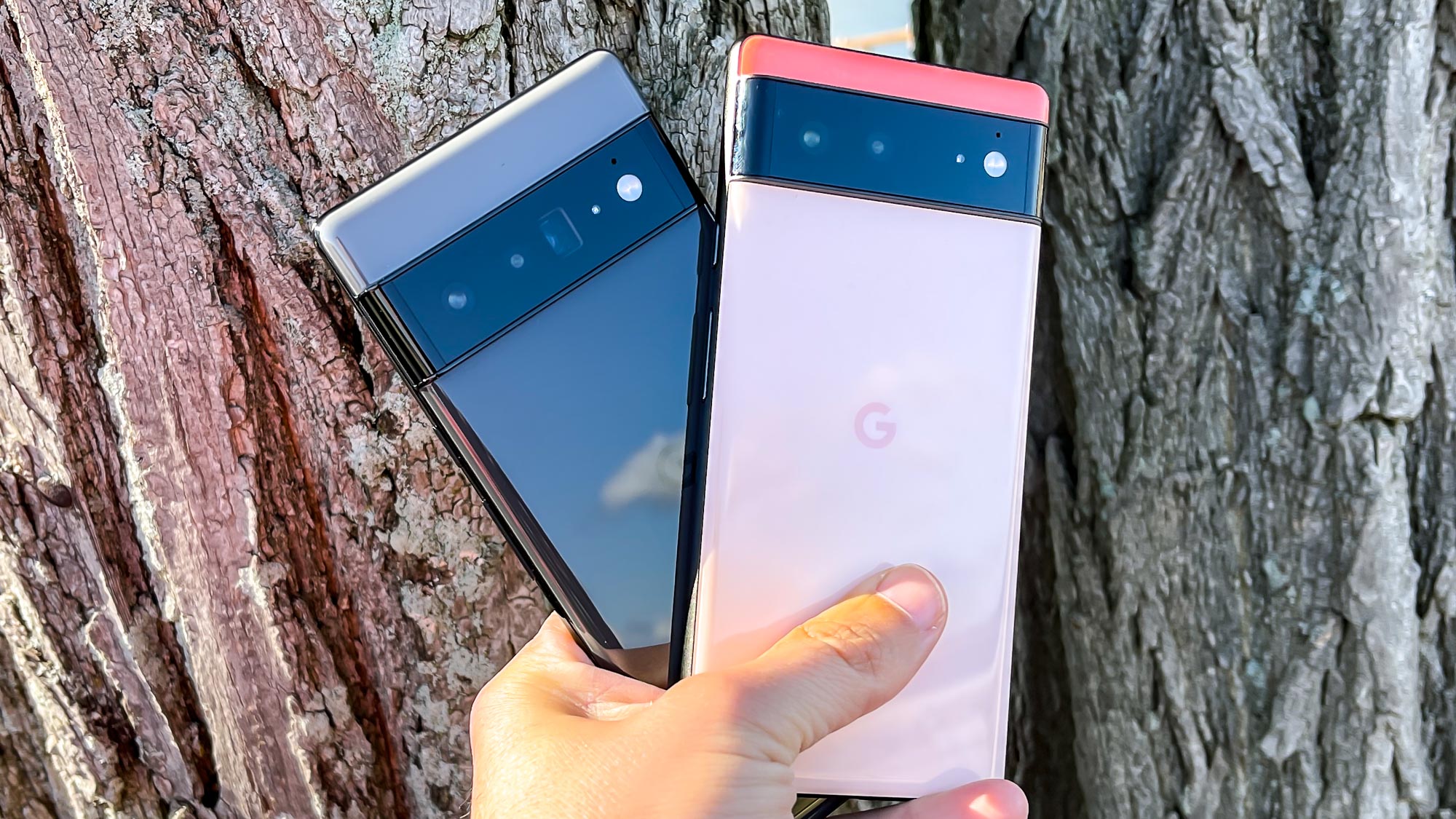
Historically, Google hasn't been super strong when it comes to video on its Pixel phones. But the Pixel 6 looks to finally upset that trend. With HDRnet supporting up to 4K 60 frames per second, the Pixel 6 is set to record some beautiful videos, especially in challenging scenes like sunets. Whether it can challenge Apple's videography dominance remains to be seen.
On the Pixel 6 Pro, you can record selfie videos at 4K 30 fps and with Speech Enhancement, your voice will come through crisp and clear despite background noise. The Pixel 6's selfie video is limited to 1080p. Both phones support Cinematic Pan, Astrophotography timelapse, and slo-mo video at up to 240 fps.
Pixel 6 camera outlook
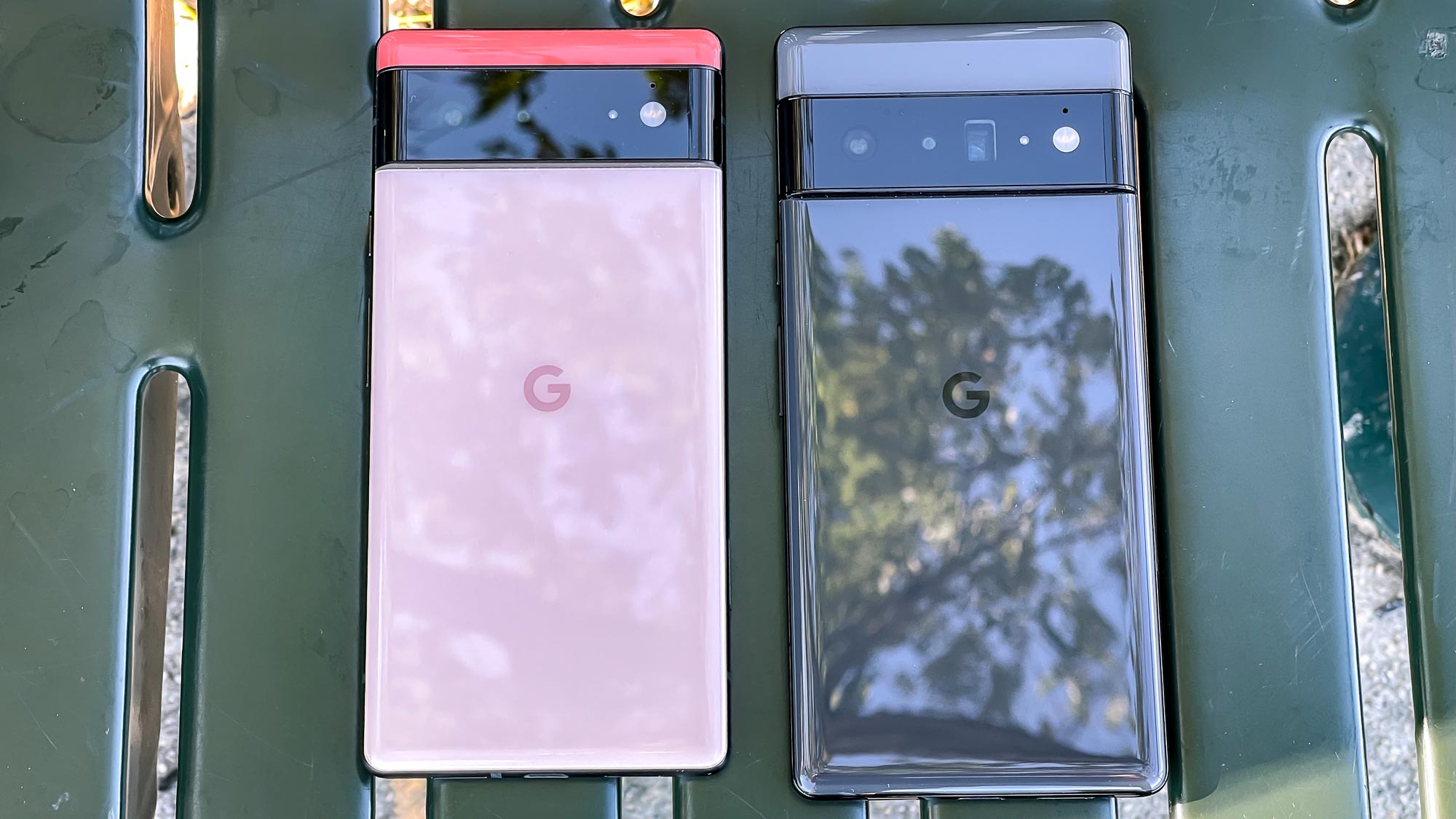
Google spent a lot of time talking about the Pixel 6's camera strengths and we're certainly excited to put both phones through their paces. Pixels have long been some of the best camera phones around, and we think that the Pixel 6 Pro could seriously challenge the iPhone 13 Pro Max's crown.
We're still in the review process for both the Pixel 6 and Pixel 6 Pro, so stay tuned for the full reviews in the coming days.

Jordan is the Phones Editor for Tom's Guide, covering all things phone-related. He's written about phones for over six years and plans to continue for a long while to come. He loves nothing more than relaxing in his home with a book, game, or his latest personal writing project. Jordan likes finding new things to dive into, from books and games to new mechanical keyboard switches and fun keycap sets. Outside of work, you can find him poring over open-source software and his studies.
 Club Benefits
Club Benefits





